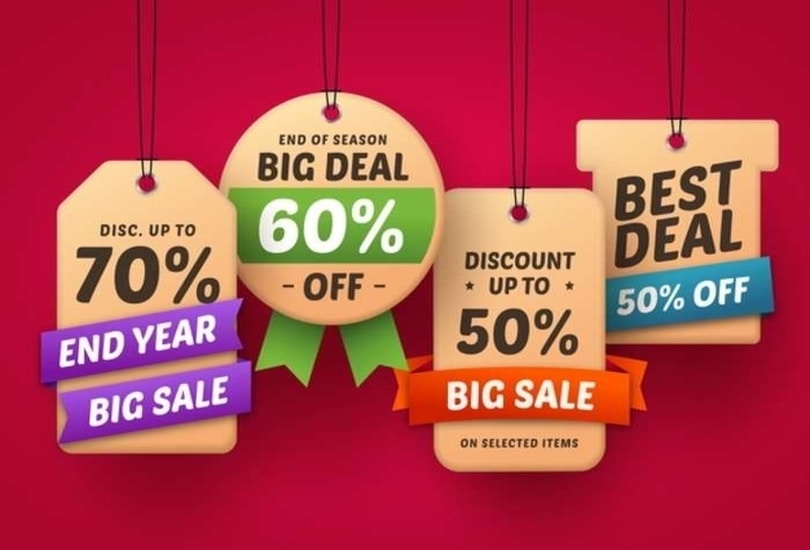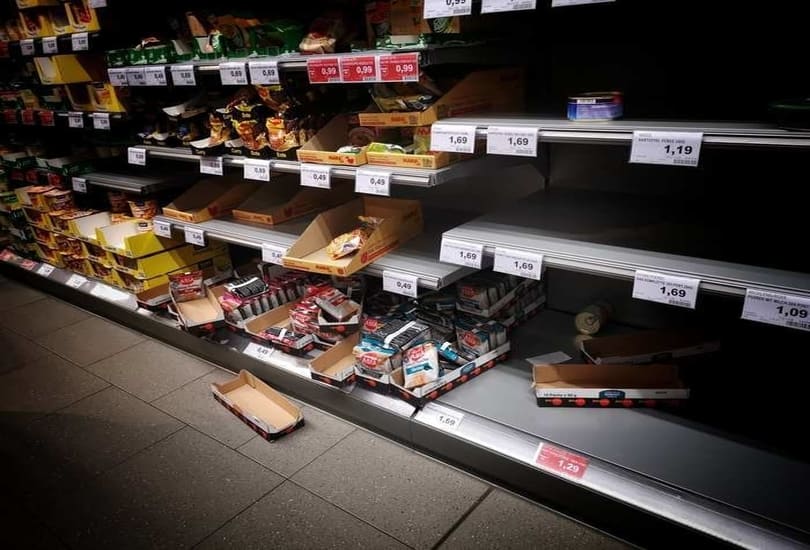Scarcity marketing increases the value of your product by making it more exclusive. It’s a ploy used by many industries, although retail companies tend to use this tactic more often. Examples include limited sales and discounts to get customers interested in products and services. The technology industry also uses this marketing tactic, especially when promoting new devices and apps. This is evident in the way people pre-order and queue overnight to buy the latest Apple products. While scarcity marketing can do wonders for your business, it can also affect your brand’s reputation when misused. For example, limited quantities of a product may make it a must-have. However, you need to keep in mind that people will be frustrated and disappointed if they’re not part of the select few that have been given the opportunity to purchase the product. You need to understand your target market and what they will respond to positively if you want to use this marketing strategy successfully.
Why is Scarcity Marketing so Successful?
Ever heard of FOMO (Fear of Missing Out)? While this concept has been around for years, a marketing strategist named Dan Herman wrote the first paper on the FOMO phenomenon in 2010. A decade later, the acronym has become part of our vernacular, and everyone is familiar with what it means. People don’t want to miss out on a revolutionary, life-changing product. They’re also always on the hunt for a good deal, especially when it comes to premium products. This is further driven by social media, which exposes a wider audience to the benefits a brand offers. This global audience connects with one another through a common interest and can be the difference between your brand’s success and failure.

The Principle of Scarcity
It’s pretty straightforward. Goods that are scarce are perceived to be of higher value and quality. The scarcity principle is an economic theory that has been studied extensively. For years, researchers have looked at consumer behavior to determine why, when items are considered scarce, they skyrocket in value. In 1975, Worchel, Lee, and Adewole, a trio of researchers conducted a simple experiment to prove the point. They offered participants a choice of two cookie jars, one filled with 10 cookies, and the other with just two. Although the jars and cookies were identical, the participants in the study rated the two cookies in the jar as more valuable. Their scarcity had pushed up their value in the eyes of the consumer. The principle is simple: By reducing the availability of your product while keeping consumers loyal, you can make your product a rare commodity and charge a premium price. This can be achieved by making your brand exclusive and unique, using the scarcity principle to have your product sell itself. This makes the customer experience more exciting as they purchase the scarce item, giving them bragging rights, and in turn, promoting your brand.
3 Elements to Successful Scarcity Marketing
Networking: Connect with potential customers in person to create engagement. This can then be translated to user-generated content to market your brand. Keep your digital presence simple: Avoid sales posts and focus on creating content that customers can engage with. This helps to build your brand’s reputation and gives customers the opportunity to find out more if they wish. A great customer experience: At the end of the day, it’s all about keeping your customers happy and eager to return. While exclusivity plays an important part in generating sales, we need to remember the human aspect of it all.
Navigating an Exclusive Market
Often, exclusive products are viewed as luxury, and as such, they may seem elusive to many. Using digital marketing techniques, you can engage with potential customers and share just what makes your product exclusive. Once again,remain mindful of who you are targeting. If you’re looking to enter the luxury market, your social media presence will need to express exactly that. Regardless of the market you’re targeting, social media marketing plays an important part in creating brand awareness and an online community. It’s all about creating online advocates that can share your message with the world, helping your brand grow to new heights. Engage with your community and take part in the conversation, you’re looking to build a relationship with people, and this requires your active participation as much as it requires theirs. Social media isn’t the only platform you can use to grow a community or connect with customers. Depending on your target demographic, you can use the communication method that best fits in with your audience. Sometimes, SMS marketing is a better option, or you may have a better reach with email. Whatever the desired method of communication is, make sure that not only are you readily able to communicate with customers, but that they can reach out to you too. This reinforces the feeling of exclusivity or being part of an elite group.

Scarcity Techniques That You Can Use
Limited stock: This technique helps to give customers a gentle push in the right direction. This can be done by stating that there’s limited stock available or by only displaying a certain amount on store shelves. This will encourage buying, as customers don’t know when the stock will be replenished. From an online perspective, you can create limited quantity alerts to give your customers a heads up about the availability. Countdowns: By telling people how much stock is left or how much time they have to buy, you’ll encourage them not to miss out. A countdown timer that displays how many units remain or hours and minutes to go motivates sales and reinforces the feeling of exclusivity. By actively illustrating a countdown, you can persuasively show your customers that they could miss out. Using visuals is an integral feature of this type of scarcity marketing as everyone is a visual learner, reinforcing the adage that a picture speaks a thousand words. Out of Stock: Keep your product off the shelves for a short period. This will drive up demand as consumers will realize there is not an unlimited supply. You can still keep stock on hand to source for desperate customers if the need arises. You can also create a marketing form to notify them when the product is back in stock, which assists you in building a customer database. Pre-orders: This drives interest for your product before it even becomes available, creating a heightened sense of exclusivity. Dedicated customers will more than likely make use of this option, with inquisitive buyers also considering this option. The buzz around pre-orders is the best marketing that your brand can get. It encourages sales right up until the product launch - and beyond. Limited editions: There’s nothing cooler than having something that’s a one-off that only a select few have. This drives momentum as a previously “exclusive” product can easily double in value by making it a limited edition. Bonus points if the products are numbered and have a certificate of authenticity to go with it. Exclusive content: Memberships that give you access to premium, one of a kind exclusive deals are just as alluring. This doesn’t have to be related to physical goods. It can also relate to online services and subscriptions. Limited time offers: This is often something along the lines of a sale - think of Black Friday. For one day a year, customers have access to insane deals that they won’t be able to find at any other time. The hype alone acts as its own scarcity marketing tool.





1 Comment
Fake scarcity can really kill your business. So it is important that you implement it the right way.